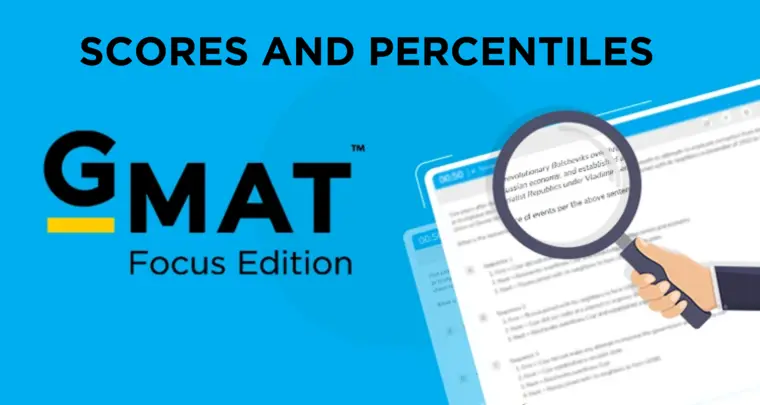Psychology researchers found that manual laborers who were tutored on the fitness value of their tasks experienced marked health improvements. Despite workload and levels of recreational exercise remaining constant, within four weeks of learning that their daily tasks provided good exercise, the participants lost an average of two pounds and achieved statistically meaningful reductions in body-fat percentage compared with an untutored group. The psychologists hypothesized that this improvement in fitness levels was a direct result of their heightened perception of themselves as fit.
Which of the following would it be most useful to determine in evaluating the hypothesis?
- A. Whether people who believe themselves to be fit are likely to eat less than those who do not believe themselves to be fit
- B. What percentage of the participants in the study believed themselves to be at least moderately fit before the study began
- C. Whether frequently being ill tends to lead people to perceive themselves as not being fit
- D. What percentage of the participants in the study continued after four weeks to lose weight and reduce their body-fat percentage
- E. Whether the perception of oneself as fit causes one to enjoy, and thus participate more frequently in, recreational exercise
Solution
Passage Analysis:
| Text from Passage | Analysis |
| Psychology researchers found that manual laborers who were tutored on the fitness value of their tasks experienced marked health improvements. | What it says: Researchers discovered that when manual workers learned about the fitness benefits of their jobs, they got healthier What it does: Sets up the main finding that kicks off this whole argument What it is: Study finding Visualization: Manual workers before tutoring → same workers after learning their tasks = good exercise → noticeable health improvements |
| Despite workload and levels of recreational exercise remaining constant, within four weeks of learning that their daily tasks provided good exercise, the participants lost an average of two pounds and achieved statistically meaningful reductions in body-fat percentage compared with an untutored group. | What it says: Even though work and gym time stayed the same, tutored workers lost 2 pounds and reduced body fat in 4 weeks vs. untutored workers What it does: Provides the specific proof and numbers that back up the “marked health improvements” claim What it is: Study data/evidence Visualization: Tutored group: Lost 2 lbs + reduced body fat in 4 weeks vs. Untutored group: No changes (same workload + same exercise for both groups) |
| The psychologists hypothesized that this improvement in fitness levels was a direct result of their heightened perception of themselves as fit. | What it says: Researchers think the health gains happened because workers started seeing themselves as more fit people What it does: Gives the researchers’ explanation for why the surprising results occurred What it is: Researcher’s hypothesis |
Argument Flow:
The argument starts with study results showing manual workers got healthier after learning about their jobs’ fitness value. It then provides specific evidence (2 pound weight loss, body fat reduction) while noting that actual work and exercise didn’t change. Finally, it presents the researchers’ theory that just changing how workers saw themselves caused the physical improvements.
Main Conclusion:
The researchers believe that workers’ improved perception of themselves as fit people directly caused their actual health improvements.
Logical Structure:
The evidence (health improvements without changes in actual activity) supports the hypothesis through process of elimination – since nothing physical changed, the mental shift (self-perception) must have caused the physical results.
Prethinking:
Question type:
Evaluate – We need to find what information would be most useful to test whether the researchers’ hypothesis is correct
Precision of Claims
The hypothesis claims that fitness improvements were a ‘direct result’ of workers’ heightened perception of themselves as fit – this is a causal claim about mental perception causing physical changes
Strategy
For evaluate questions, we need to think of assumptions underlying the hypothesis and create scenarios that would either strengthen or weaken it when taken to extremes. The hypothesis says perception of fitness caused actual fitness improvements, so we need to test alternative explanations and whether the perception-fitness link actually works
Answer Choices Explained
A. Whether people who believe themselves to be fit are likely to eat less than those who do not believe themselves to be fit
This choice tests whether people who see themselves as fit eat less than those who don’t. This directly evaluates the researchers’ hypothesis by examining a concrete mechanism through which perception could cause weight loss. If people who perceive themselves as fit do eat less, this supports the hypothesis by providing a logical pathway from mental perception to physical results. If they don’t eat less, it weakens the hypothesis since we’d lack a clear explanation for how perception alone caused the observed weight loss. This information would be extremely useful in determining if the hypothesis is valid.
B. What percentage of the participants in the study believed themselves to be at least moderately fit before the study began
This asks about participants’ initial fitness beliefs before the study. While this might provide context about baseline perceptions, it doesn’t help us evaluate whether the changed perception actually caused the health improvements. The hypothesis is about the causal relationship between heightened perception and fitness gains, not about what people believed initially. This information wouldn’t directly test the validity of the proposed cause-and-effect relationship.
C. Whether frequently being ill tends to lead people to perceive themselves as not being fit
This examines whether illness leads to poor fitness perception, which reverses the direction of causation we’re interested in. The hypothesis claims that perception affects fitness, not that health status affects perception. While this might be generally interesting, it doesn’t help us evaluate whether changed self-perception directly caused the observed health improvements in this specific study.
D. What percentage of the participants in the study continued after four weeks to lose weight and reduce their body-fat percentage
This looks at whether improvements continued past four weeks. While this might tell us about the sustainability of the changes, it doesn’t help evaluate whether the initial improvements were actually caused by heightened self-perception as the hypothesis claims. The question is about the cause of the improvements, not their duration.
E. Whether the perception of oneself as fit causes one to enjoy, and thus participate more frequently in, recreational exercise
This tests whether fitness perception leads to more recreational exercise. However, the passage explicitly states that ‘levels of recreational exercise remained constant,’ so this factor was already controlled for in the study. Since recreational exercise didn’t change, this information wouldn’t help explain the observed health improvements and thus wouldn’t be useful for evaluating the hypothesis.














